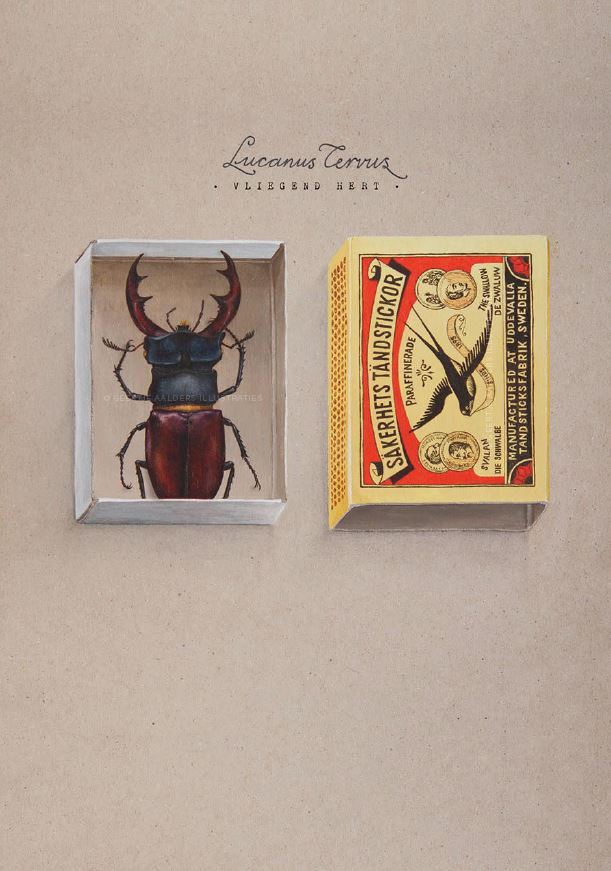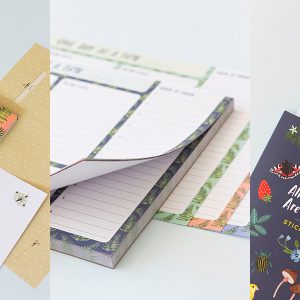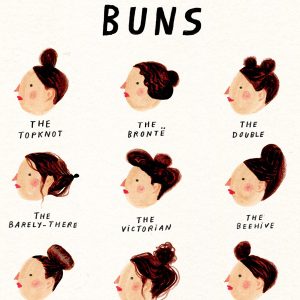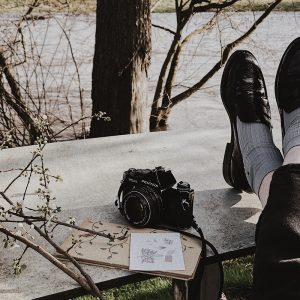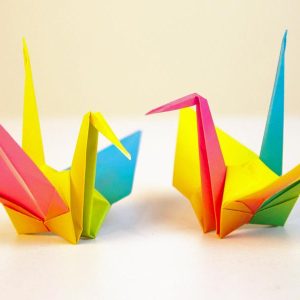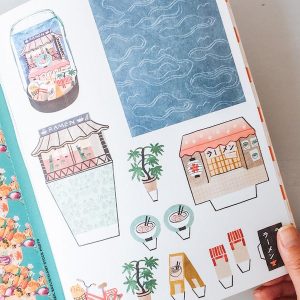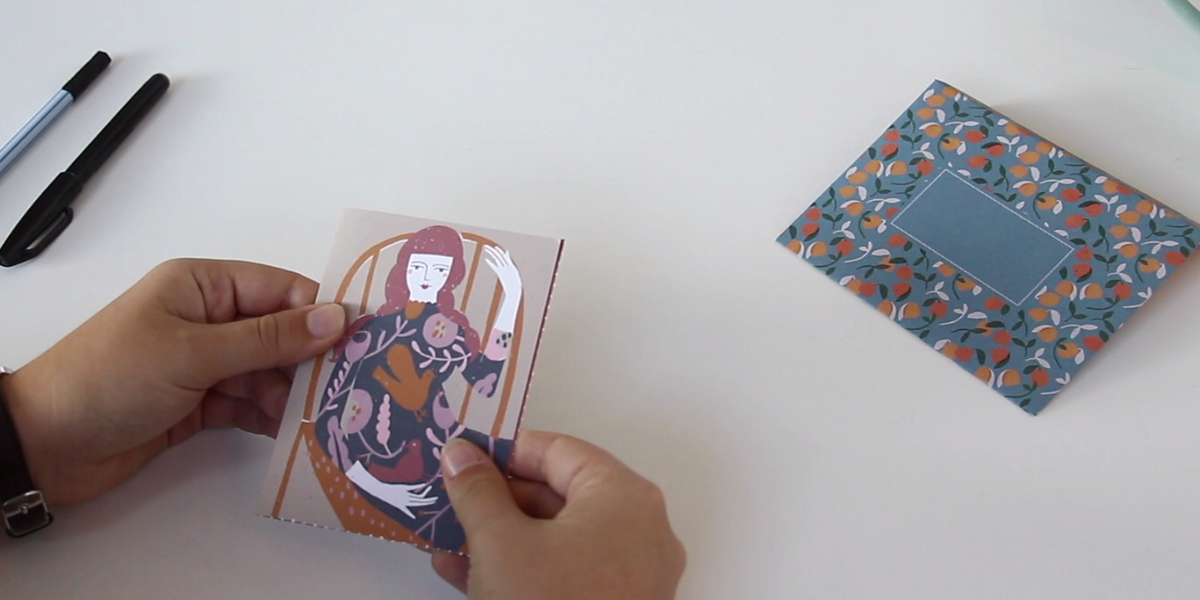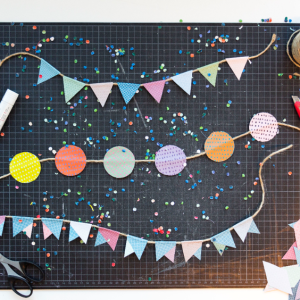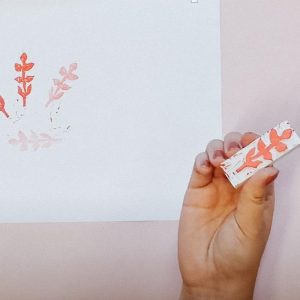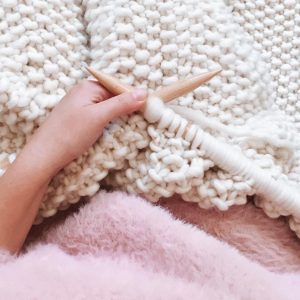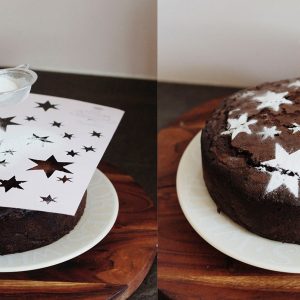Geertje Aalders is featured in the article “My Favorite Art Materials” in our new Flow Sketchbook, and for Geertje, her tool of choice is the scalpel. That may come as no surprise for those of you who already know Geertje’s beautiful paper-cut pieces, but did you know that she also illustrates? Using, among others, oil paints for works such as this stag beetle, which she created as a Nature Tidbit in an issue of (the Dutch) Flow Weekly last year. Below, she explains how she illustrated the insect.
The stag beetle is a fragile creature, especially as a larva. Birds (such as magpies, woodpeckers) feed on it and wasps lay like their egg in the larvae. And to make life even harder, the larvae can only thrive on rotting deciduous wood, such as that of an oak tree, which is becoming scarce because of the current “tidying up” of woodlands, parks and gardens, which has led to the removal of the dead or decaying wood habitats that the larvae feed on.
Creating an oil illustration requires careful preparation, calculation and planning. Thankfully, the model is extremely patient. Below, you’ll see the beginnings; any area that will have oil paint must first be covered with a base of gesso (a type of primer).
The antlers of the stag beetle have a different surface structure than its head. And its shiny shield is partially transparent. As oil paint dries so slowly, it is the ideal medium for trying out and adjusting techniques so as to do these structures justice.
In addition to the stag beetle’s different structures, the (mutable) shadows of the creature and even the box it lies in are also fairly challenging to capture.
While the beetle dries, the box is painstakingly drawn bit by bit.
The Flow Sketchbook is now available to buy in stores and can be ordered from our web shop.


